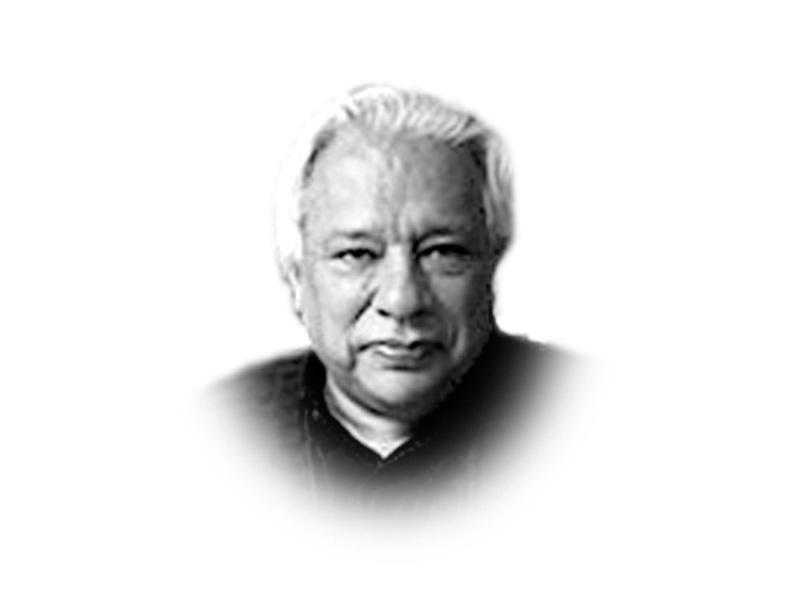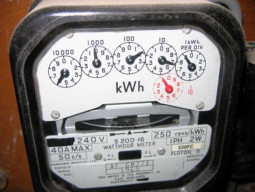
Meanwhile, civil society organisations identify the victims of these and related conflicts and support them in fighting their cases in courts of law; through public demonstrations and media campaigns; by operating physical and social infrastructure programmes for the “poor”; and by promoting legislations that can, if enacted and effectively implemented, create a more equitable society over a couple of generations.
Some of these civil society organisations lament the absence of secular values in society, while others aggressively promote the values of the Salafist interpretation of Islam. Meanwhile, all the actors in the above drama, including the “silent majority” and the working classes, have access to television, mobile phones, and increasingly to the internet as well.
What is not discussed in the media, “civil society” literature and academic research, is how the various conflicts in Pakistan and the expansion of trade and commerce are changing socio-economic relations in both urban and rural areas. These changes and the emerging societal values they are promoting will determine the future structure of Pakistani society to a far greater extent, than say, the issue of strategic depth in Afghanistan.
From the early 70s to the late 90s, I have worked in rural Sindh and documented and published on the processes of change taking place in different areas of the province. After a lapse of 10 years, I visited a large number of rural areas with which I was previously acquainted. These visits were made between 2010 and 2012 and involved meetings with village communities, transporters, arhatis, real estate agents and local NGO staff and Community Based Organisation activists.
The change that I have observed and which has been articulated by the groups I interacted with, is enormous and that too in 10 years. The most visible and important change is the presence of women in development and political discourse. They are employed in NGO offices, they manage development programmes, they are social activists and the majority of them are from the rural areas. In some of the remote villages I visited, there were private schools and beauty parlours run by young village women. Blocking of roads to protest against the “high handedness” of the local landlords, bureaucratic inaction, and/or law and order situations, has become common. Women participate in these demonstrations and in some cases these blockages have been carried out exclusively by them.
Discussions with groups on the issue of free-will marriages were also held. The vast majority of individuals were in favour of such marriages even if they violated caste divisions. However, they felt that it is the parents that have to change so as to make such marriages conflict free. The non-availability of middle schools for girls was also discussed. Surprisingly, the village communities had no problem with the girls studying with the boys in the male middle schools. In addition, discussions with the Sindh Rural Support Organisation’s (SRSO) women groups, which consist of the poorest women in a village, revealed that about 20 per cent of them had mobile phones and almost all of them watched television although around 30 per cent households actually own a TV.
The other major change that has taken place is in physical mobility. The number of transport vehicles has visibly increased manifold. The desire to migrate to an urban area is second only to the desire to get children educated. In all the areas visited, many families had members working in Karachi. Previously, people were scared to go to Karachi because of the violence in the city. But now they have friends and relatives over there and protection as well. This partly explains the rapidly increasing numbers of Sindhi speakers in the city. In addition, it was constantly stated that those haris who had relatives in urban centres and received remittances were better off and were able to send their children to the cities for better education and hence a better future.
Many of the above changes are related to the changed landlord-hari relationship. Unlike before, the haris spoke openly against the local landlord. In most cases, they also stated that they did not want to remain haris but to get regular jobs, operate rickshaws and do small businesses. Their perception of the landlord has also undergone a change. He no longer comes regularly to the area. He has a city wife and his children have little or no link with the land. Given his changed nature, he can no longer effectively settle “disputes”. His absence and changed nature has provided the hari families with opportunities for physical and social mobility. Dr Sono Khangharani of the SRSO also made an important observation by pointing out that an increasing number of “low caste” young men and women were studying with the children of powerful rural families in the elite universities of Pakistan.
The changes described above are the natural outcome of new technologies, expanding trade and commerce and the media revolution. But more so, they are the result of the Government of Pakistan’s education system, in spite of its bad quality. Young men and women have returned from universities and colleges in the larger cities armed with new experiences and knowledge and a vision of a new world. Peasant women have gone to the village school and learnt to read and write. It must also be noted that in many cases, the village elders and a new breed of politicians are also responding to this change. Recently, an elder from a very small and conservative village visited me with CVs of three village girls who had done their BA with the request that I should get them jobs with some NGO or government programme.
However, according to the people we met, the system is fighting back. They are of the view that the tribal conflicts that are taking place are being created to break the unity of the people; that problems are also created so that the chiefs and their representatives can assert their power in the process of solving them; that the law and order situation in the rural areas is created to drive away ‘genuine’ activists; and that much of the migration to the urban areas is the result of such violence. Land is also being acquired by the powerful at all costs so as to consolidate their power further. It is felt that they are sending their children and relatives into the bureaucracy and the police so as to both acquire and control this land. The mullahs meanwhile, preach against minority Muslim sects, women’s studying and working and against the “fahashi” of free-will marriages. And, everyone from the wadera to the hari is armed.
It is obvious that the old order cannot come back for the change is too big to be contained. But what will the new order be and how will it come about? How will the forces of retrogression affect its form and shape? What relationship will these changes have with the urban politics of Sindh? In the absence of more knowledge and understanding, one can only speculate.
Published in The Express Tribune, August 28th, 2012.


















COMMENTS
Comments are moderated and generally will be posted if they are on-topic and not abusive.
For more information, please see our Comments FAQ